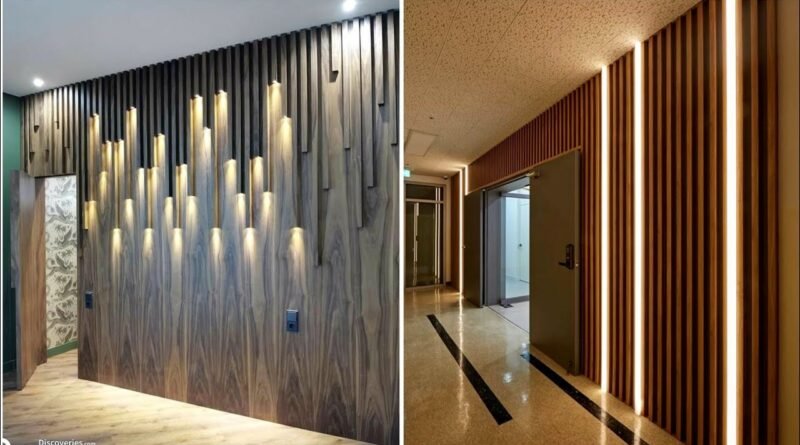Understanding the Versatility and Benefits of Plastic Boards
Plastic boards have become an essential material in various industries due to their versatility and durability. Unlike traditional materials like wood or metal, plastic boards offer unique properties that cater to diverse applications. They are lightweight, resistant to moisture, and can be easily molded into different shapes. As society increasingly looks for efficient and sustainable solutions, plastic boards have emerged as a practical choice for construction, crafts, signage, and more. This article delves into the characteristics, benefits, and common uses of plastic boards, highlighting why they are a popular option for many projects.
What Are Plastic Boards?
Plastic boards are flat panels made from various types of plastic, such as polyethylene, polypropylene, or polyvinyl chloride (PVC). These materials can be manufactured in a range of thicknesses and sizes, making them suitable for different applications. There are several types of plastic boards, including foam boards, solid sheets, and corrugated boards. Each type has unique properties that make them suitable for specific uses, from lightweight foam boards ideal for crafting to rigid PVC boards used in construction. The production process allows for a variety of colors and finishes, enhancing their aesthetic appeal for different projects.
Advantages of Plastic Boards
One of the most significant advantages of plastic boards is their lightweight nature, which makes them easy to handle and transport. Unlike wood, they are not prone to warping or splitting, ensuring long-lasting durability. Additionally, plastic boards are water and weather-resistant, making them ideal for outdoor applications. Their cost-effectiveness sets them apart as a practical option for both personal and commercial projects. Furthermore, plastic boards can be easily cut, shaped, and drilled, allowing for customization to meet specific needs. This combination of features makes plastic boards a favored choice across various industries, including construction, signage, and crafting.
Common Uses of Plastic Boards
Plastic boards are utilized in a wide range of applications. In the construction industry, they serve as backing material, wall panels, and insulation. Their resistance to moisture and mold makes them ideal for areas prone to dampness. In signage, plastic boards are commonly used for outdoor and indoor displays due to their durability and ability to withstand harsh weather conditions. Craft enthusiasts appreciate plastic boards for DIY projects, as they are easy to cut and decorate. Additionally, plastic boards are often used for packaging and storage solutions, providing lightweight and protective options for transporting goods. Their versatility continues to expand as new applications are discovered.
Environmental Impact of Plastic Boards
The environmental impact of Plastic board is a significant consideration. Many plastic boards are recyclable, which helps reduce waste and promotes sustainability. While traditional materials like wood have their advantages, the harvesting process can lead to deforestation and habitat destruction. Plastic boards, particularly those made from recycled materials, offer an eco-friendly alternative. It’s essential to evaluate the life cycle of plastic products, including how they are produced, used, and disposed of. By choosing recyclable options, consumers can contribute to reducing the environmental footprint associated with various materials.
How to Choose the Right Plastic Board
Selecting the right plastic board involves considering several factors, including the intended application, desired thickness, and specific type of plastic. For projects requiring flexibility, foam boards may be ideal, while solid sheets of PVC provide sturdiness for construction needs. It’s also important to assess the board’s resistance to moisture, chemicals, and UV light, depending on its intended use. Additionally, some brands are recognized for their quality and durability, so researching recommended products can aid in making an informed decision. By understanding these factors, individuals can select the perfect plastic board for their projects.
Conclusion
In summary, plastic boards offer a versatile and durable solution for various applications. Their lightweight nature, resistance to moisture, and ease of customization make them suitable for construction, crafts, and signage. As the demand for sustainable materials increases, plastic boards present a viable alternative to traditional materials. By exploring the different types and uses of plastic boards, consumers can make informed decisions that benefit their projects and the environment.

